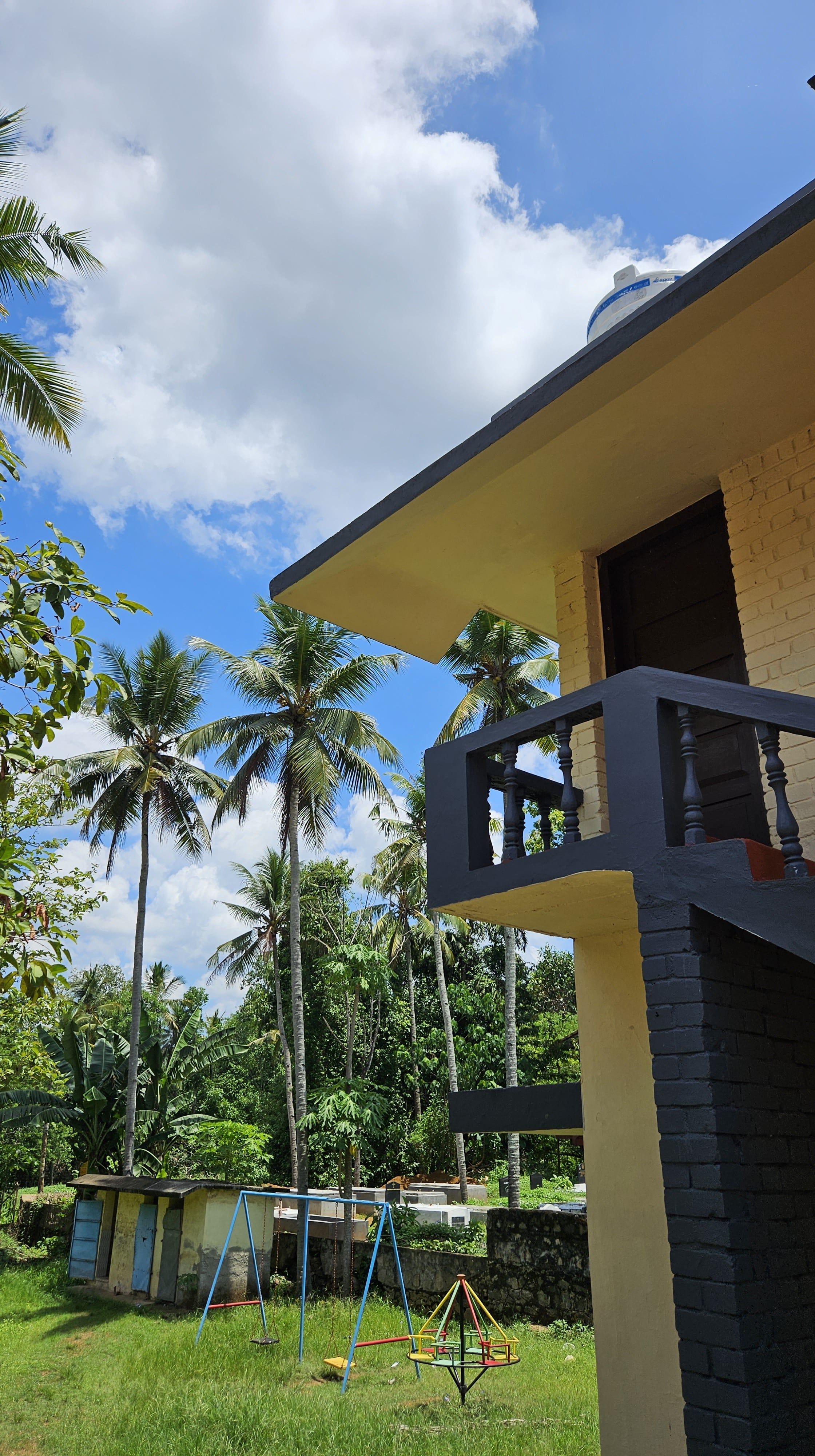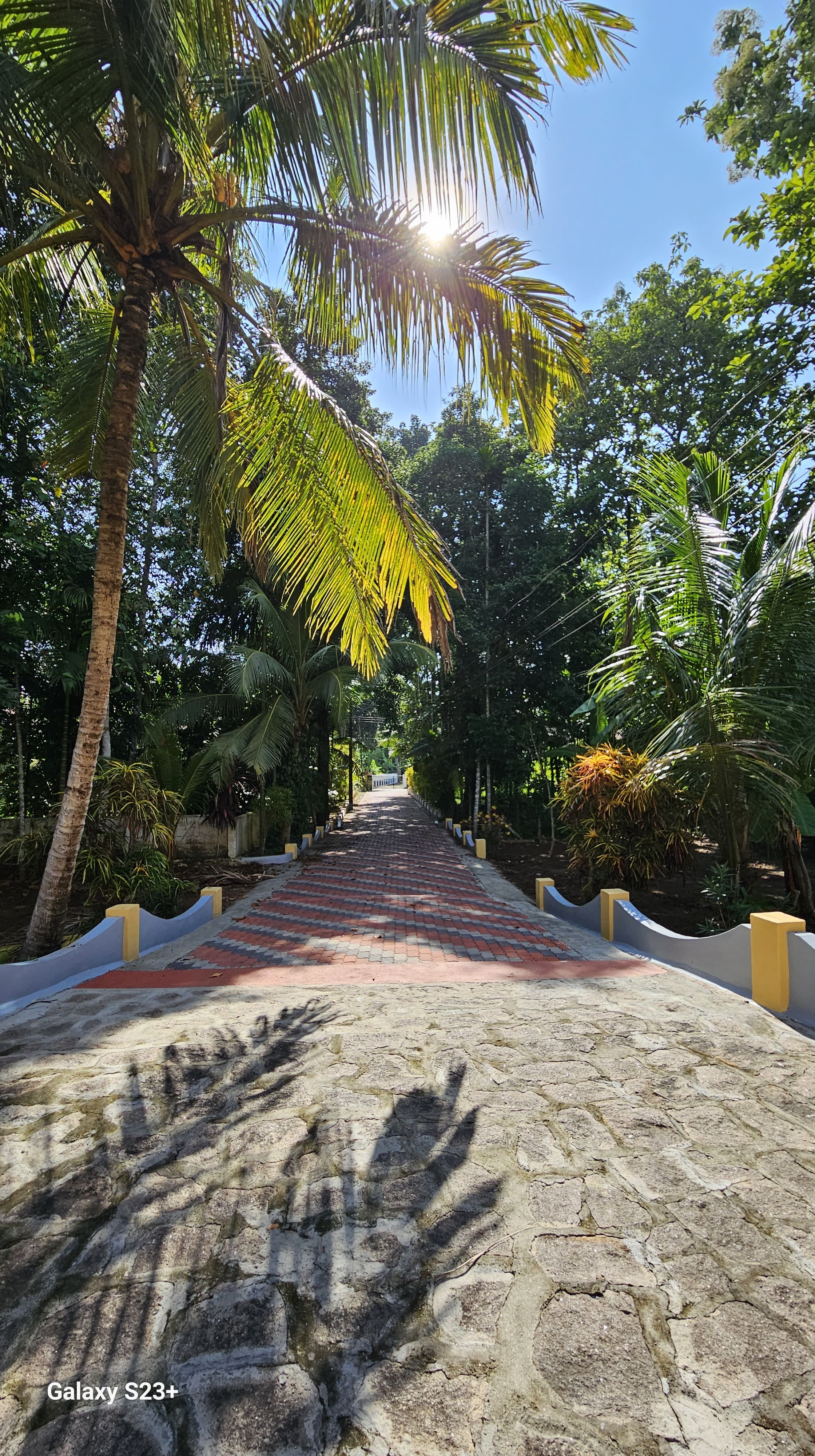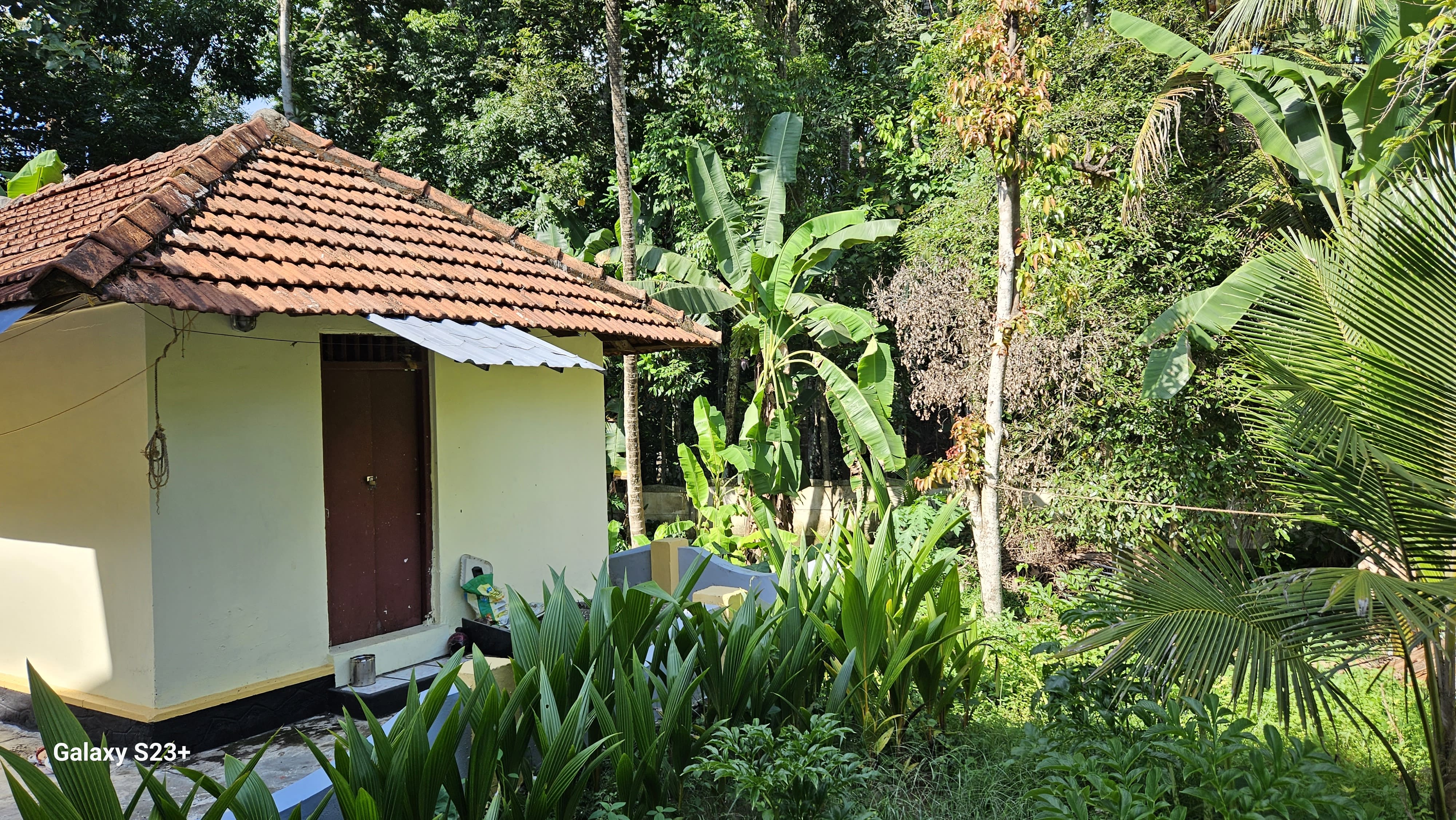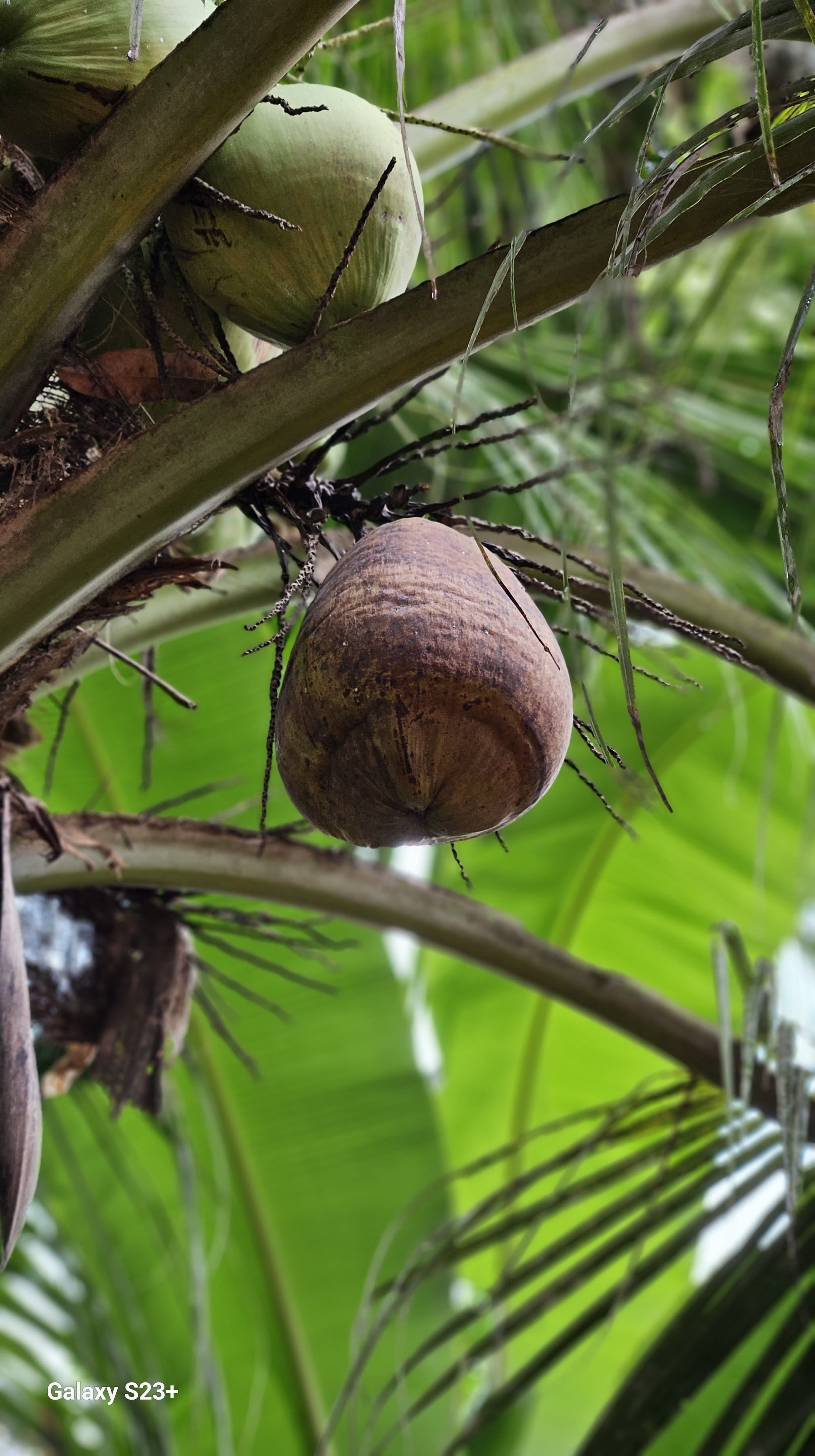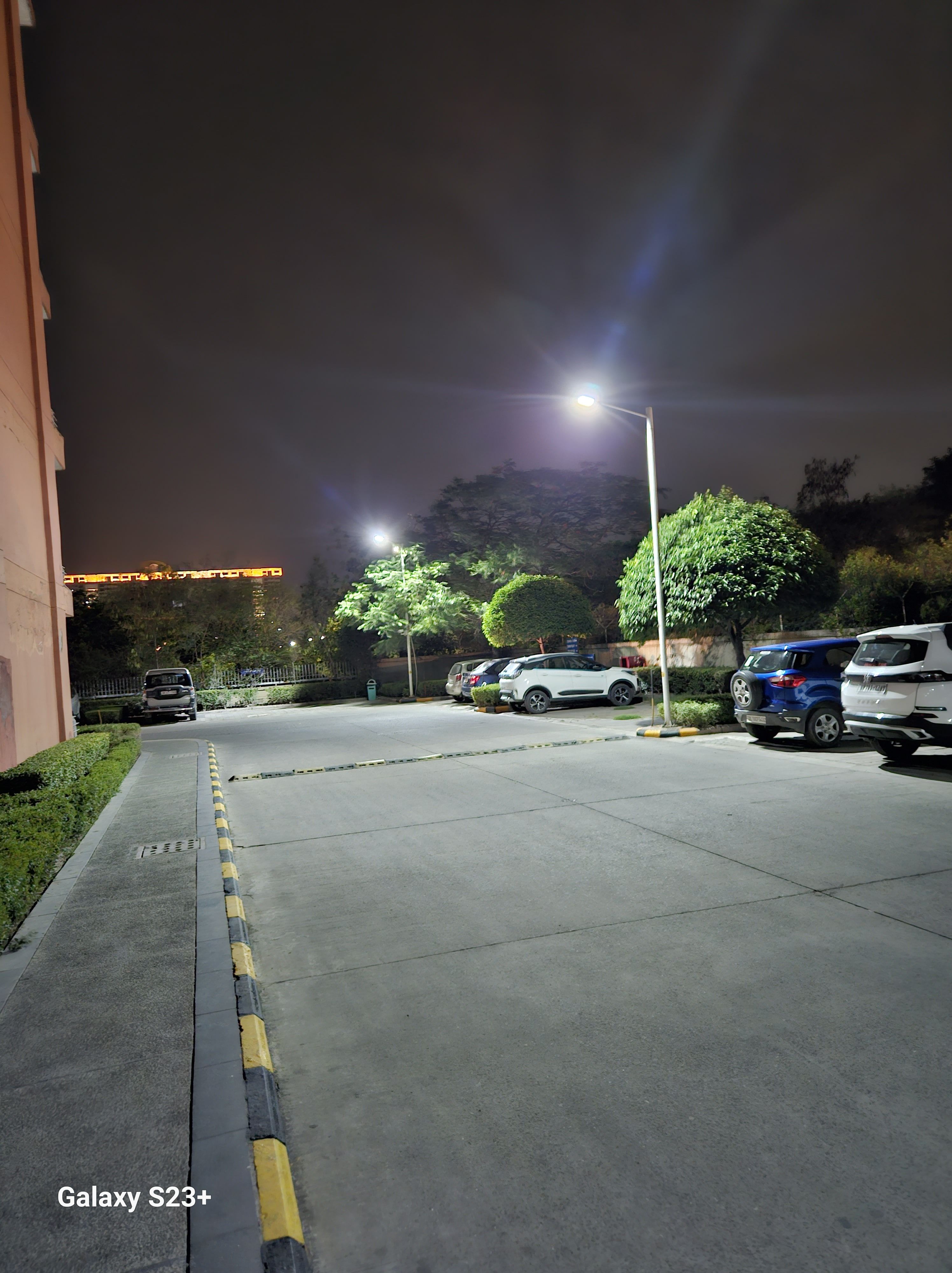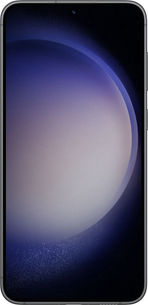
The hype around foldable is massive – there’s no denying that. In fact, with more companies like OPPO (Review) and Tecno (First Impressions) taking a bite out of the big cherry, it will get mainstream sooner rather than later. But, you see, not everyone always wants to unfold their phone. So while foldable is practical in some use cases, we still believe it’s still more of a fashion choice. We’ve seen movies, and TV shows use it just for essence.
Samsung Galaxy S23+
Rs 94,999The average Joe still prefers a smartphone that can do everyday stuff without much of the bling.
While Samsung is synonymous with foldable, it sure does an excellent job with its S-series of devices. As usual, the South Korean tech giant walked into the new year with its cavalry of smartphones.
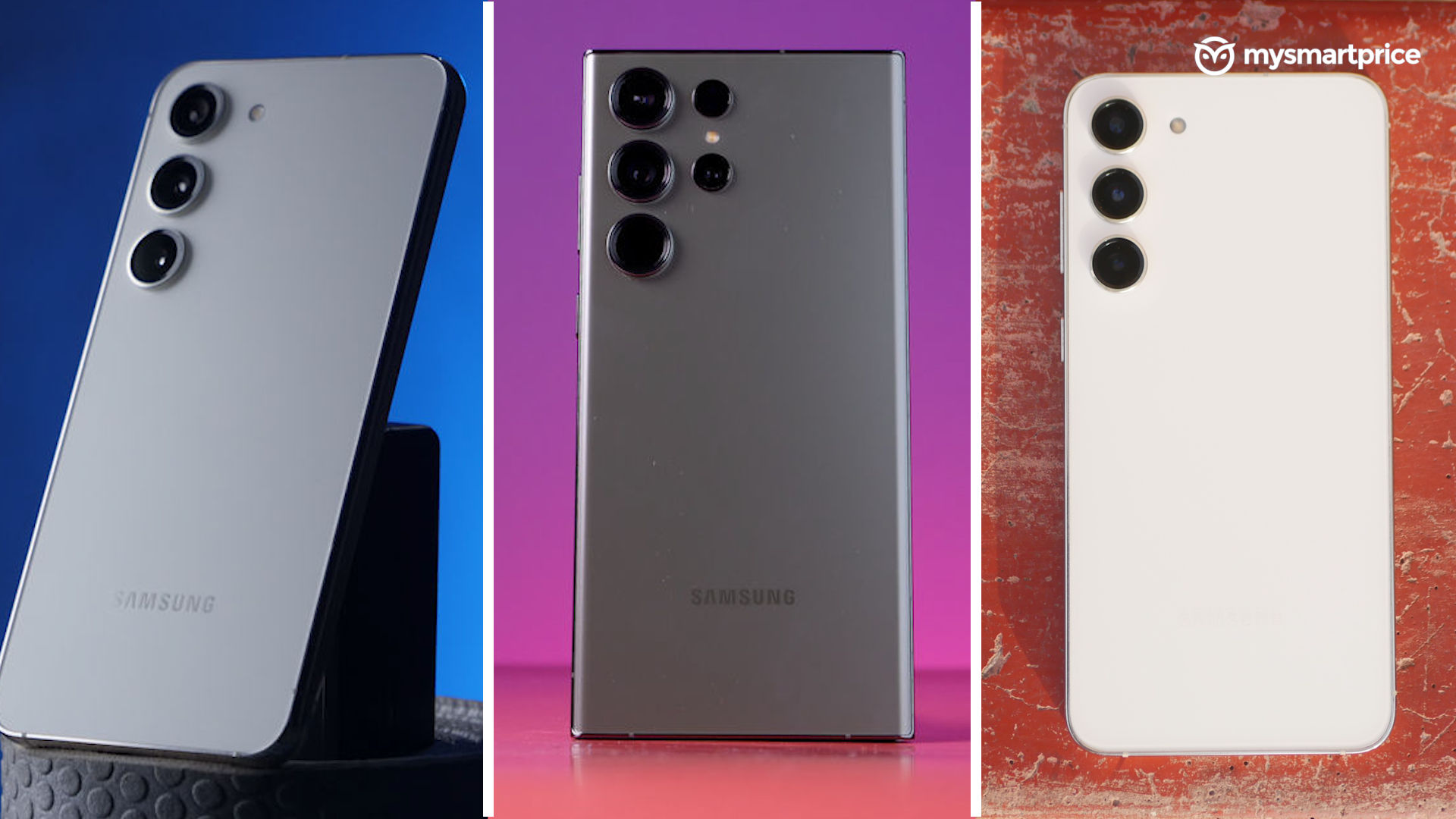
The cute and pocketable Galaxy S23 (Review) leads the pack, while the mammoth-like Galaxy S23 Ultra (Review) stands behind like a bodyguard.
But what about the Galaxy S23+ — the middle child? It’s bigger than the vanilla S23 but smaller and lighter than the Ultra. Does this conundrum put it in an awkward position? Or does this make it perfect for most users? And what upgrades does it have to bring to the table from last year?
We’ve been using the Galaxy S23+ for two months as our daily driver – allow us to answer all your queries in this long-term review of the Samsung Galaxy S23+.
Samsung Galaxy S23+ Long-Term Review: A design for the aesthetic era
The entirety of the Galaxy S23 series goes for a rather subtle and cleaner look while also maintaining its premium structure. Telling apart the vanilla S23 and the S23+ is a tough task, barring the obvious height difference. Harking back to the Galaxy S22+ (Review), gone are the infamous metal camera island that made the device stand out. This time around, the South Korean company chose an aesthetically pleasing design approach with individual camera lenses.

The matte finish of the rear glass adds to the premium vibe while enjoying a layer of Gorilla Victus 2 protection. Samsung is also playing its part in saving the environment by using recycled materials for the rear. During our usage, we barely managed to scratch up the back panel, and the front panel story is a bit different — we’ll get to that shortly. The standalone camera deco protrudes a bit but also reduces wobbling when kept butt down on a surface.
The Armor Aluminum railing of the S23+ has a glossy finish — which also gives it the tendency to blind you under direct sunlight. Despite a hundred drops, we are not exaggerating — the frames were somehow intact except for a few minor scratches. While the accidental drops were caused partially because of our clumsy nature, the slippery frames also played a role. Hence, we suggest using the phone with a case if you want to save face.
Speaking of which, the right frame houses the volume rocker and power button — both provide good feedback and are easy to reach. The top portion has a secondary microphone, while the left side lacks buttons and ports. Finally, the bottom portion hosts a speaker grille, primary microphone, USB-Type-C port and SIM Tray.
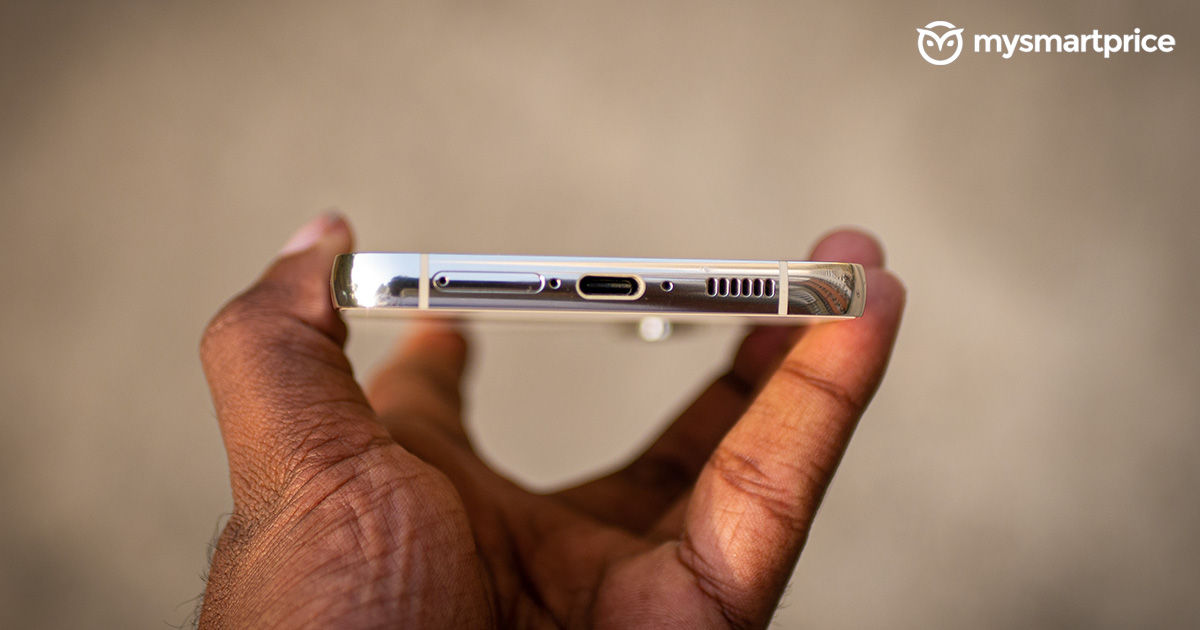
Over the years, the ‘S’ series has kept evolving — and not just internally. The S23+ has a great in-hand feel, thanks to the subtle curvature of the aluminium railings. Despite the tall structure, we found using one hand slightly easier during specific situations.
It comes in five different colour variants — Cream, Phantom Black, Green, Lavender, and Lime. If you want to get out of the monotony of basic colours, we suggest going for either Green, Lavender or Lime.
Tipping the scales at 196 grams, the S23+ is much lighter than some budget Android smartphones and easily pocketable. In addition, an IP68 water and dust protection layer saves it from accidental water splashes and dust.
Samsung Galaxy S23+ Long-Term Review: A visual feast
The S23+ sports a beautiful and tall 6.6-inch Dynamic AMOLED 2x display upfront. This display size is ideal nowadays — but if you prefer a more compact experience, the vanilla S23 can best serve you. It refreshes at 120Hz and misses out on QHD+ resolution, just like last year. Nevertheless, the panel is crisp and vibrant enough for content consumption and more. It has fairly thin bezels with a screen-to-body ratio of 87.6%.
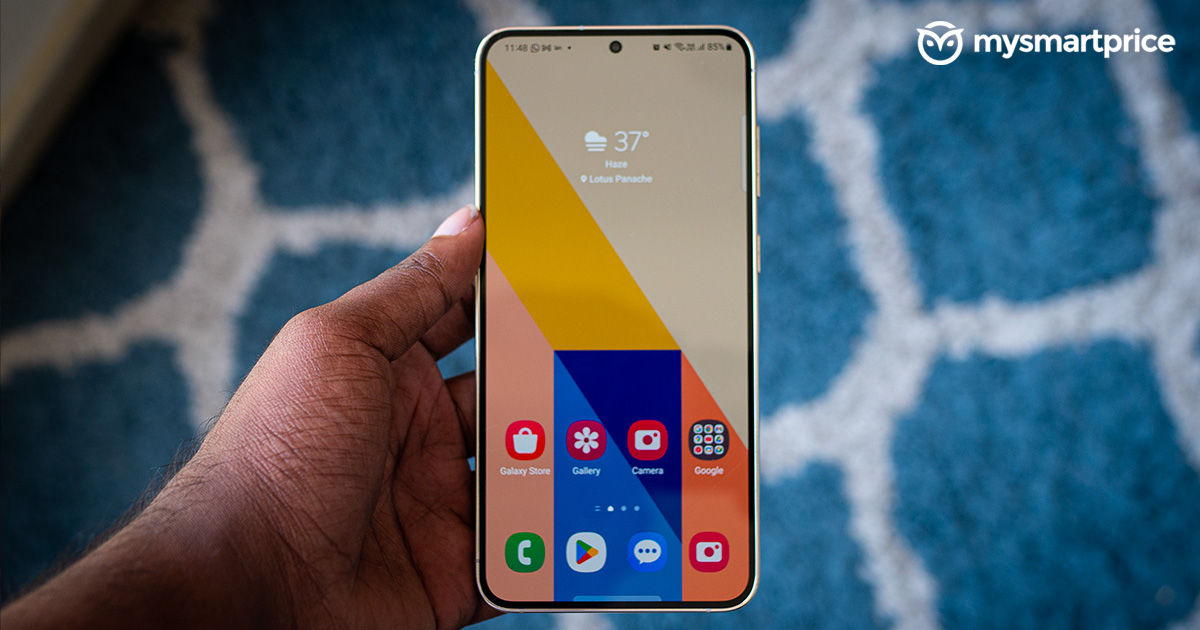
The display department hasn’t seen any major changes from last year. That would not be bad if the first iteration itself was near perfect. It gets the same HDR10+ certification and a peak brightness of 1750 nits — so using the panel under direct sunlight, even in the harshest of summer conditions in Delhi, was possible.
Like last year, the S23+ does not get to cherish LTPO capabilities. Instead, it looks like they are still sticking with LTPS panels to save up on costs. Implementing the former would’ve helped the refresh rate go all the way down to 1Hz, instead of 24Hz, when not in use. This, in turn, can help extract a longer battery life.
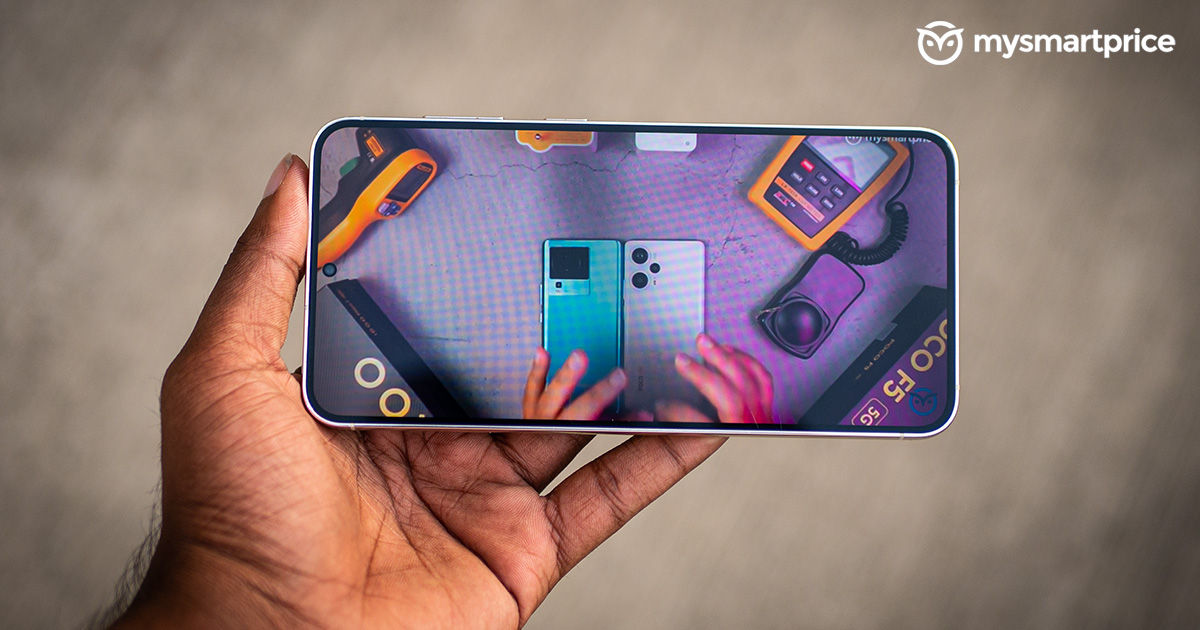
With that being said, the display is still great for almost every scenario. It also gives you the option to switch between Vivid and Natural colour modes — there’s a further option to mess around with the RGB values, though we suggest keeping it at default. The panel is fast, responsive, and, more importantly, smooth in general usage.
Additionally, the picture quality is quite punchy, vibrant and has proper contrast for balance. We spend most of our time binge-watching TV shows on OTT platforms like Netflix — which also supports HDR output.
Despite the Gorilla Victus 2 protection layer, our unit inflicted many scratches along the side. These were mostly caused when keeping the phone in our jeans pocket or placing it face down on a desk. We suggest using a screen protector to save you from anxiety.
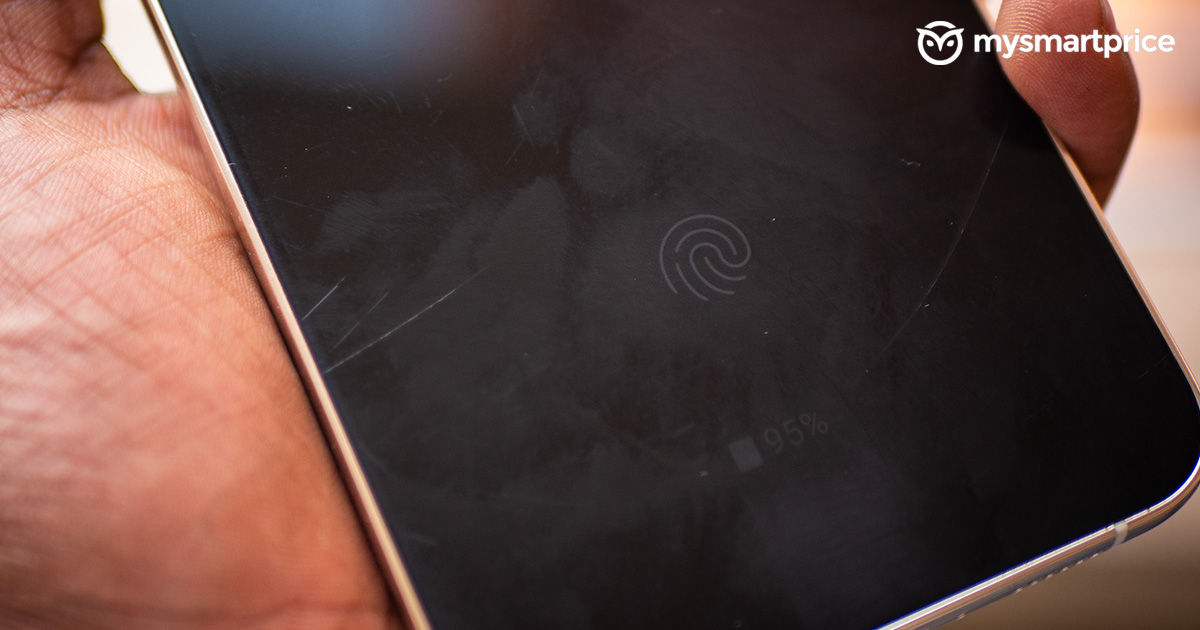
The in-display ultrasonic fingerprint sensor is perfectly placed in the centre, making it easy to reach with your thumb. It works flawlessly, and a single tap on the sensor is more than enough for it to unlock.
As for the sound, the stereo speaker setup is crisp and clear. It tends to get quite loud with proper bass. However, there’s no distortion at higher levels.
Samsung Galaxy S23+ Long-Term Review: A performance powerhouse
The S22+ last year broke the tradition of implementing Samsung’s in-house Exynos processor using a Snapdragon chipset. It was partially fruitful for them when we take into consideration the battery life, but Snapdragon 8 Gen 1 was infamously known for heating up — and the S22+ also fell prey to that. Luckily, Samsung still stuck with Snapdragon processors for its S23 lineup — but with a customised chip, and we think it paid off well.
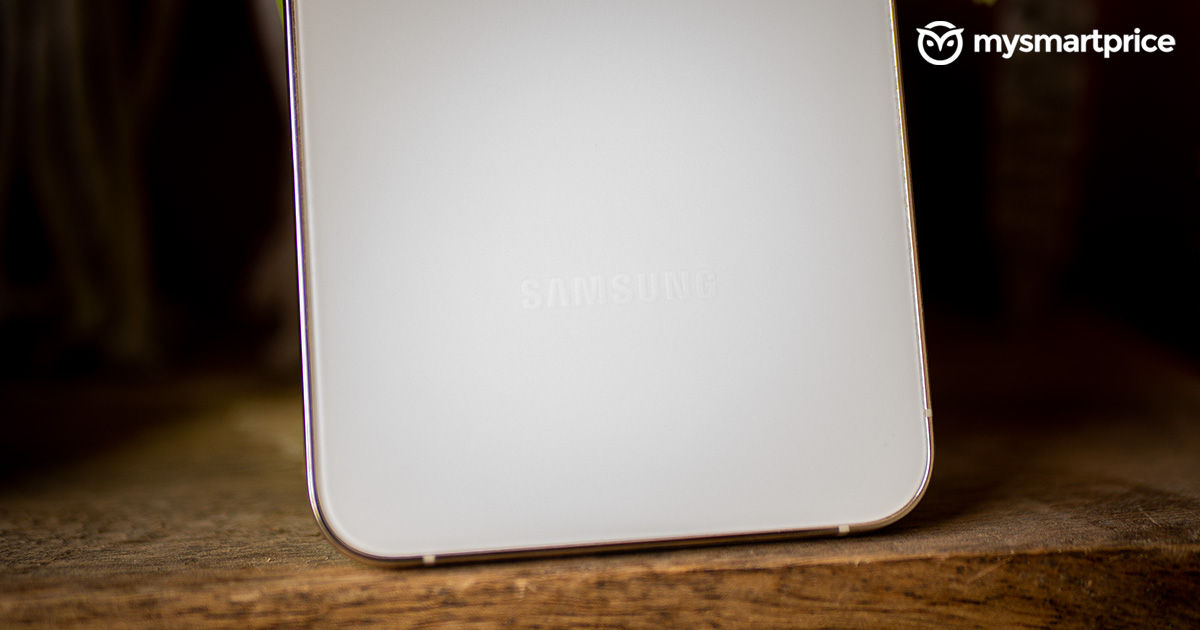
The S23+ is powered by a Snapdragon 8 Gen 2 for Galaxy. It’s said to offer 34% better CPU performance, along with 41% graphics improvement. This is due to an uptick in the clock speeds. It has an increased primary clock speed from 3.2GHz to 3.36GHz and an increased GPU clock speed from 680MHz to 719MHz. As a result, the Galaxy version scores slightly better when comparing this custom chipset to the vanilla 8 Gen 2 on the OnePlus 11. The S23+ is available in two variants, with the 8GB RAM staying constant like last year. Besides that, the device supports 5G, Wi-Fi 6E, NFC, and Bluetooth 5.3.
In normal everyday usage, the device runs like Gareth Bale sprinting behind a loose ball in the Copa Del Rey final. There wasn’t a hint of lag or stutter when scrolling through the UI or switching between demanding apps. It’s fair to say raw power was on tap for the S23+, and the device made proper use of it. While there were instances of the phone warming up when using it outdoors or accessing Maps — but it didn’t fall prey to any heating or throttling issues, unlike its predecessor. It passed our usual stress test with ease.
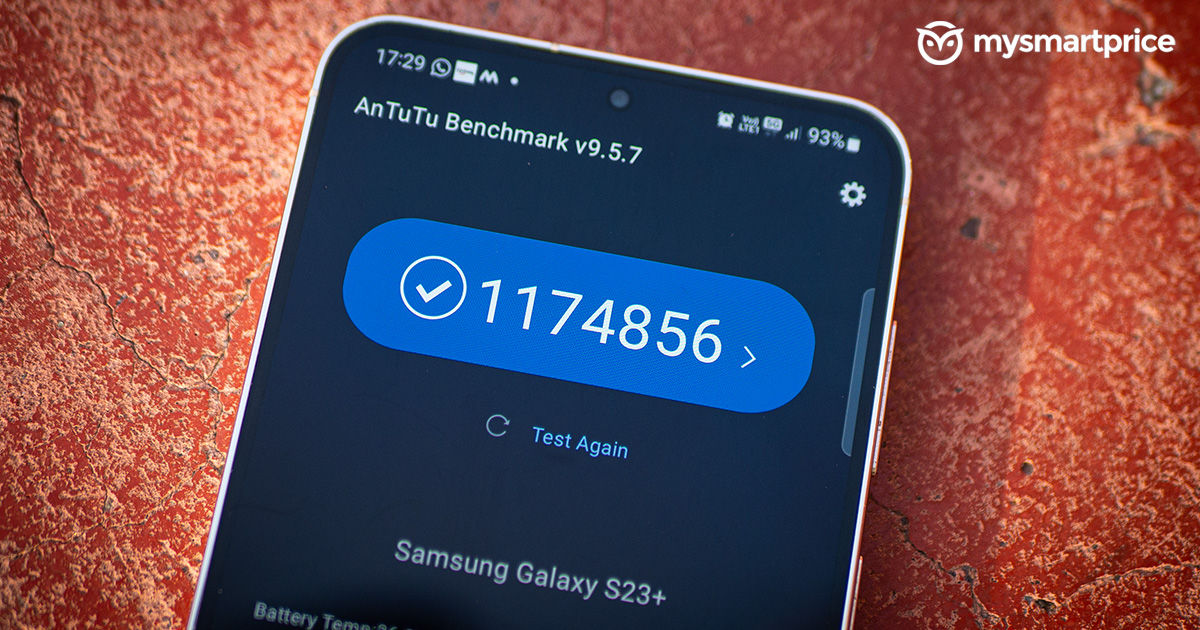
Coming to the benchmarks, the S23+ scored 1174856 in the AnTuTu tests, which is more than the OnePlus 11 but lesser than the iQOO 11, a performance focussed smartphone. Geekbench 6 results returned scores of 1889 and 4733 in single-core and multi-core tests, respectively.
These numbers are way above the Galaxy S22+, and 3DMark’s Wild Life Extreme test portrays it well. The outgoing model managed to have an average fps of 14.20, while the S23+ shines with an average fps of 21.50.
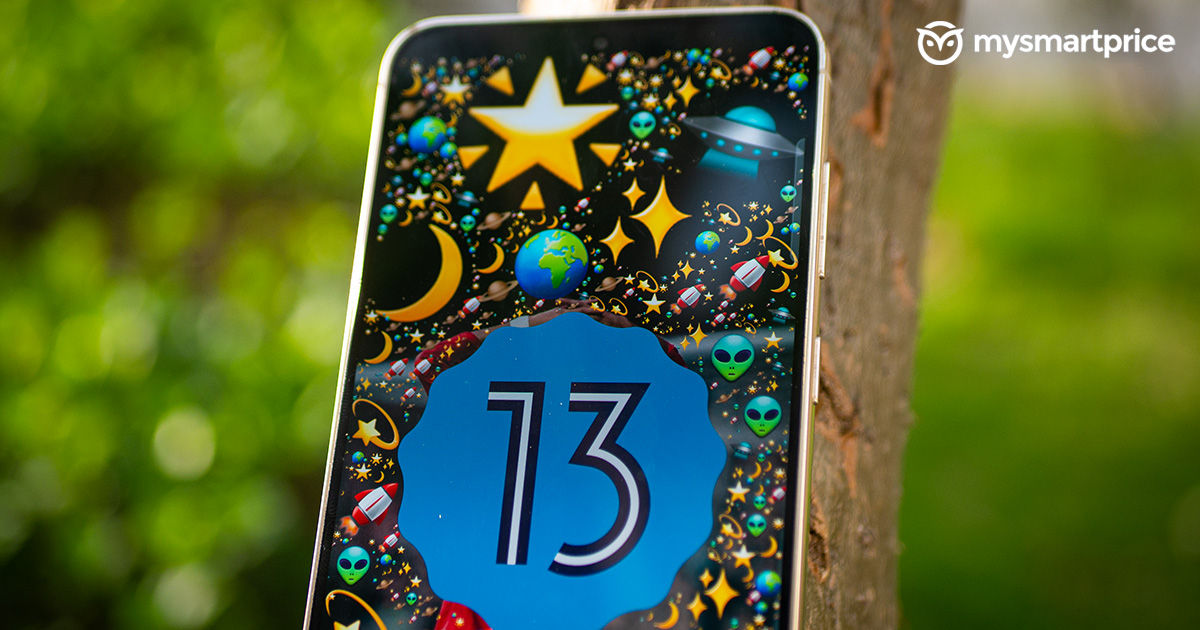
The S23+ comes with One UI 5.1, based on Android 13. The software is neatly ironed out for a smooth experience, from scrolling animations to nifty features such as DeX and Samsung Wallet. The latter can be accessed with a single swipe up from the home screen, this implementation is good but can be annoying at times when you are trying to access recent apps.
The rest of the UI elements also fall in place neatly, with a notification panel that does not get chaotic and a quick access bar with all necessary shortcuts. Besides that, you also get a tonne of customisation options that come with Android 13, like the colour palette.

Overall, the software experience on the S23+ has been splendid, and regular software updates aid this. Speaking of which, Samsung is one of the very few companies that promise a healthy software update cycle. The S-series is lined up to get four years of OS upgrades and five years of security patches.
Samsung Galaxy S23+ Long-Term Review: A vibrant camera setup
While the Galaxy S23 Ultra gets the higher-resolution camera and moon-zooming capabilities, the S23+ sticks to a simple camera setup — and we have no complaints. However, there are no major changes in the camera department when compared to the S22+ — except for the post-processing prowess of the Snapdragon 8 Gen 2.

The device features a 50-megapixel primary camera with an f/1.8 aperture, a 10-megapixel telephoto camera with 3x optical zoom capabilities, and finally, a 12-megapixel ultra-wide angle camera with a 120-degree field of view. The front gets a slight buff with a 12-megapixel selfie camera.
The camera app is quite straightforward for non-specialists while storing a treasure trove of settings for camera enthusiasts — like Expert RAW, Pro mode, Director’s View, and more.
The S23+, much like every other Samsung smartphone, follows the same vibrant and punchy philosophy for all its photos. The primary camera captures well-detailed pixel-binned shots with vivid colours. Images captured are instantly processed, be it in normal mode or portrait mode.
The HDR performance is quite efficient, resulting in images with a balanced output of highlights and shadows. The post-processing is able to retain a fair amount of details from the shadows too, which is good. However, we feel that the S23+ sometimes overdoes the reds, making it look way too unrealistic.
This cascades to the over-saturated blues in the sky — at times challenging reality to another level. Turning off the scene optimiser from the settings helps tone this down to an extent. The S23+ is not plagued with any focussing issues in the normal mode, portrait mode, however, needs a tap-or-two to kick off. Speaking of which, portrait shots are detailed with excellent edge detection. Sadly, there is no dedicated macro mode available on the phone.
Like last year, the telephoto camera is our favourite this time too. While it does not have the crazy 100x Space Zoom of the S23 Ultra, you can digitally zoom up to 30x, and the photos are still acceptable. At 10x, the images start to get a bit muddy, but the 3x optical zoom works well. Images captured at 3x had crisp details with a decent amount of blur in the normal mode — portrait mode shots at 3x look like something straight out of a DSLR.
The colour science consistency is missing when switching to the ultra-wide angle camera, as the photos yield warmer tones. The colours are just as vibrant, if not more. Nevertheless, the wider field of view helps you frame photos better with a different perspective. Images had decent details with little to no distortion at the edges.
In darker conditions, the S23+ automatically kicks in the night mode, which results in crisper and brighter images. However, you need to be very patient because of slower shutter speeds to let more light in. There have been instances where we had to take the same shot multiple times because of a slight shake. The post-processing tries to fight off sharp light sources, but the glares are still quite visible. Regardless, photos are more than usable with minimal noise. However, it loses out against the Vivo X90 Pro in low-light conditions.
When taking photos under good lighting conditions, the S23+’s front camera takes good captures. However, taking selfies against the light creates a halo effect around the head, making you look like a god. Photos had good details, and portrait mode works well here too. Unfortunately, the same slow shutter speed conundrum hits the selfie camera, too, so you may have to be a bit steady for brighter images.
The camera experience is made whole with S23+’s video capabilities. The phone can record videos at up to 8K 30fps. The footage had good stabilisation with the usual punchy and vibrant tones. We spent our entire trip in Kerala recording videos using the S23+, and the output was excellent.
You also get a Super Steady mode which further helps to stabilise the videos and eliminates any shimmer effect. Other fun features such as single take, portrait video, super slow-motion, pro video, and more are all available here.
Samsung Galaxy S23+ Long-Term Review: Energised battery life, charging woes persist
The S23+ sees a minor upgrade in the battery department with a 200mAh hike from last year. With a 4,700mAh battery powering the device, initially, we managed to get somewhere north of the six and a half hours screen time mark, which was above average for a phone this size. However, after using it rigorously for the last two months, the screen time now varies between five and six hours. The screen off time, on the other hand, is still holding well.
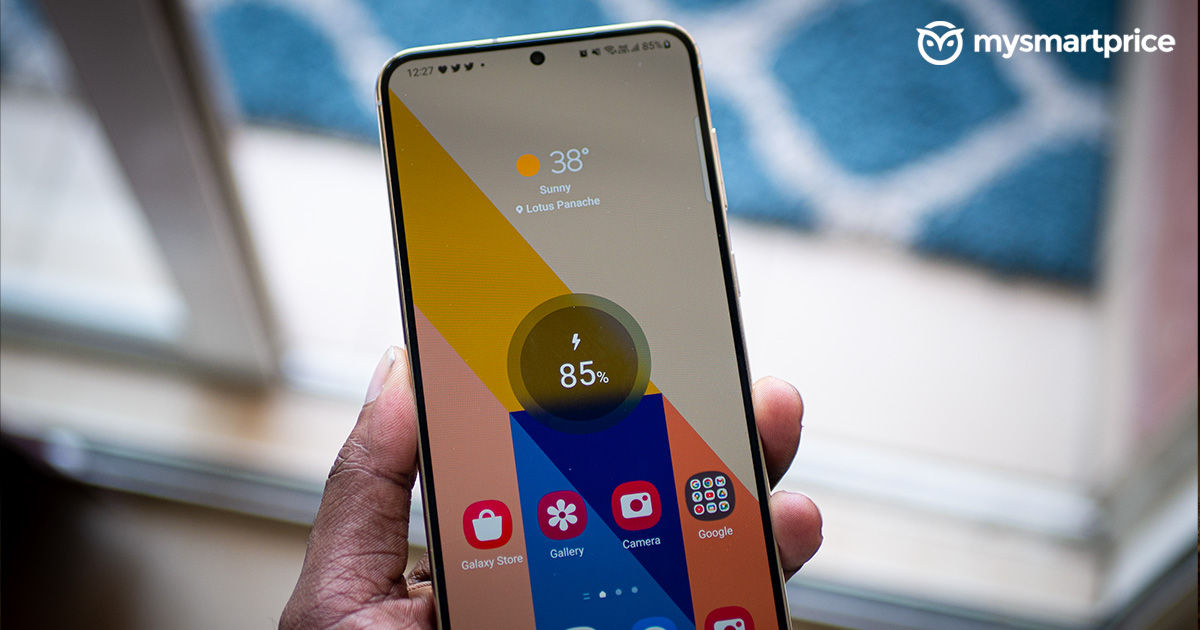
Samsung is still one of those companies yet to adopt fast charging technology. That would be secondary since l the S23+ misses out on a charging brick. The phone can charge at archaic speeds of 45W, provided you have a compatible PD charger.
We’ve found using a third-party 65W GaN charger fruitful with the S23+ — and the only way to guess the charging speeds is from the colour of the animation — blue means it’s charging at 45W, green means it’s below that, and mostly 25W. So charging it fully takes the phone anywhere north of the one-hour 30-minute mark. It can also charge wirelessly at speeds of up to 15W.
It’s about time Samsung takes charge (no pun intended) of the charging situation and makes some much-needed changes.
Samsung Galaxy S23+ Long-Term Review: Verdict
The Galaxy S23+ ticks almost all the boxes for a flagship offering. Besides, the pricing disparity between the Plus and the Ultra makes it a good deal for someone wanting to enter the Samsung ecosystem with an “S” series smartphone.
While the phone gets many improvements over the outgoing model, the Rs 94,999 price tag still doesn’t feel justifiable. Flagships fighting against the S23+ in this price segment are rare (barring the iPhones) since many of them are priced much cheaper — such as the Vivo X90 Pro (Review).
The aesthetic design approach of the entire S23 series gives it a unique proposition, especially among youngsters. It’s neat, subtle, and attractive, all in a single go. Additionally, the raw power on tap makes it one of the best performers. Sadly, the camera upgrades are not noteworthy, but they do the deed well. Battery life sees an improvement, but the slow charging speeds still plague the flagship.
If you are willing to spend a premium, the Galaxy S23+ is a great option, but if you want to save up on costs and still stick to an S-series of smartphones, the Vanilla S23 can also be a good alternative. Otherwise, there’s no dearth of 2023 flagships within Rs 85,000, such as the Xiaomi 13 Pro and the Vivo X90 Pro, both of which have fantastic cameras and better charging capabilities.





